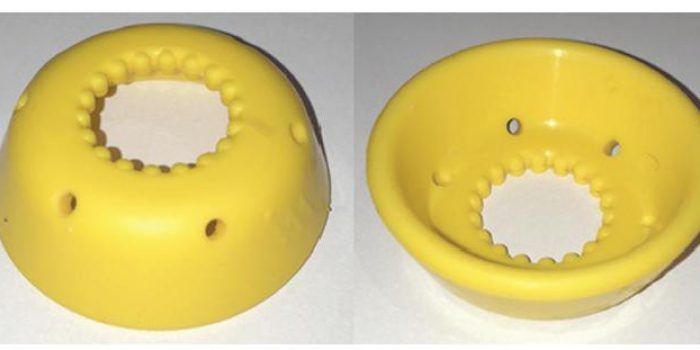
Preterm birth
Progesterone and cervical pessary to prevent premature birth or P5 study
Rodolfo de Carvalho Pacagnella
State University of Campinas (Unicamp)
Project Presentation

About
The study evaluated the effectiveness of combining the pessary, a silicone ring, and progesterone to stop the shortening of the cervix and prevent premature births, as compared to progesterone used in isolation.
How was the experiment
The team collected data from more than 9,000 pregnant women between 18 and 23 weeks pregnant in 17 hospitals tied to the Unified Health System (SUS) across Brazil. They received a transvaginal ultrasound to measure the cervix free of charge. Those who did not show any sign of changes in cervical length followed their regular prenatal care. If the shortening of the cervix was detected (less than 30 millimeters), the pregnant woman received special monitoring to avoid premature labor and were invited to participate in a randomized clinical trial. All participants received 200 milligrams of progesterone and some were chosen at random (randomized) to receive a cervical pessary, a silicone ring. Both were inserted into the vagina and researchers conducted follow up consultations with participants until the end of pregnancy.
Main results
Combined pessary + progesterone treatment was beneficial to women who were pregnant for the first time (nulliparous), had a cervix under 25 millimeters and were gestating a single baby. Among these pregnant women, there was a reduction in both prematurity and adverse effects on the newborn. On average, children of mothers who used the pessary were born one week later (37 weeks) than those who used progesterone alone (36 weeks). The frequency of premature babies was also lower among those who used the silicone ring (29%), as compared to just the medication (39%).
Why is it innovative
This is the first time that the combination of progesterone and pessary have been tested to slow the shortening of the cervix and as a way to prevent premature birth in Brazil. It is the largest study with the pessary device in the world. By evaluating 9,000 women, the researchers were able to establish the first Brazilian curve on cervical length.
Problem that solves
Shortening of the cervix, a condition that can trigger spontaneous premature births, is responsible for 64.6% of preterm births before 37 weeks in Brazil.
Implications for the brazilian health system
The pessary combined with progesterone has been shown to be effective in reducing delivery before 34 weeks of gestation, an age when complications for the baby are more severe. These preterm births are also the riskiest for babies’ lives outside the womb and pose the greatest costs to the health system. The unit cost of the pessary is around R$500.00. To adopt it as an intervention during prenatal care, it is also necessary to conduct a transvaginal ultrasound to measure the cervix as part of health services. Currently few prenatal care services have this device.
Implications for global health
Hospitals that already have transvaginal ultrasound devices could start measuring the cervix and prescribing the progesterone-pessary combination for the treatment of short cervixes prior to 34 weeks of gestation.
Next steps
The team now intends to assess the sizes of the cervix at which the pessary is most effective and which patient groups can benefit most from it.
Published Studies

Subjects

A combination of interventions to reduce premature births prior to 34 weeks of gestation

